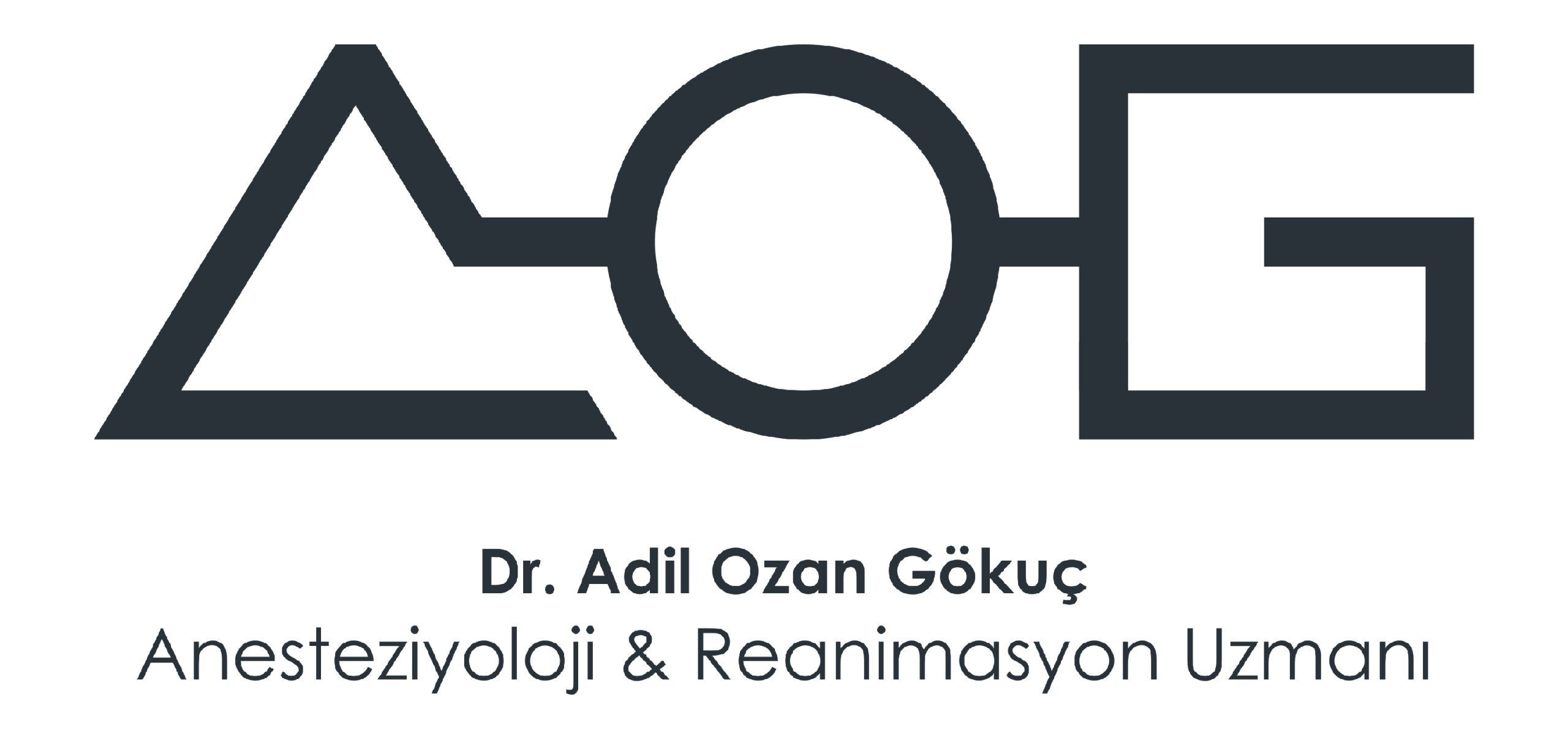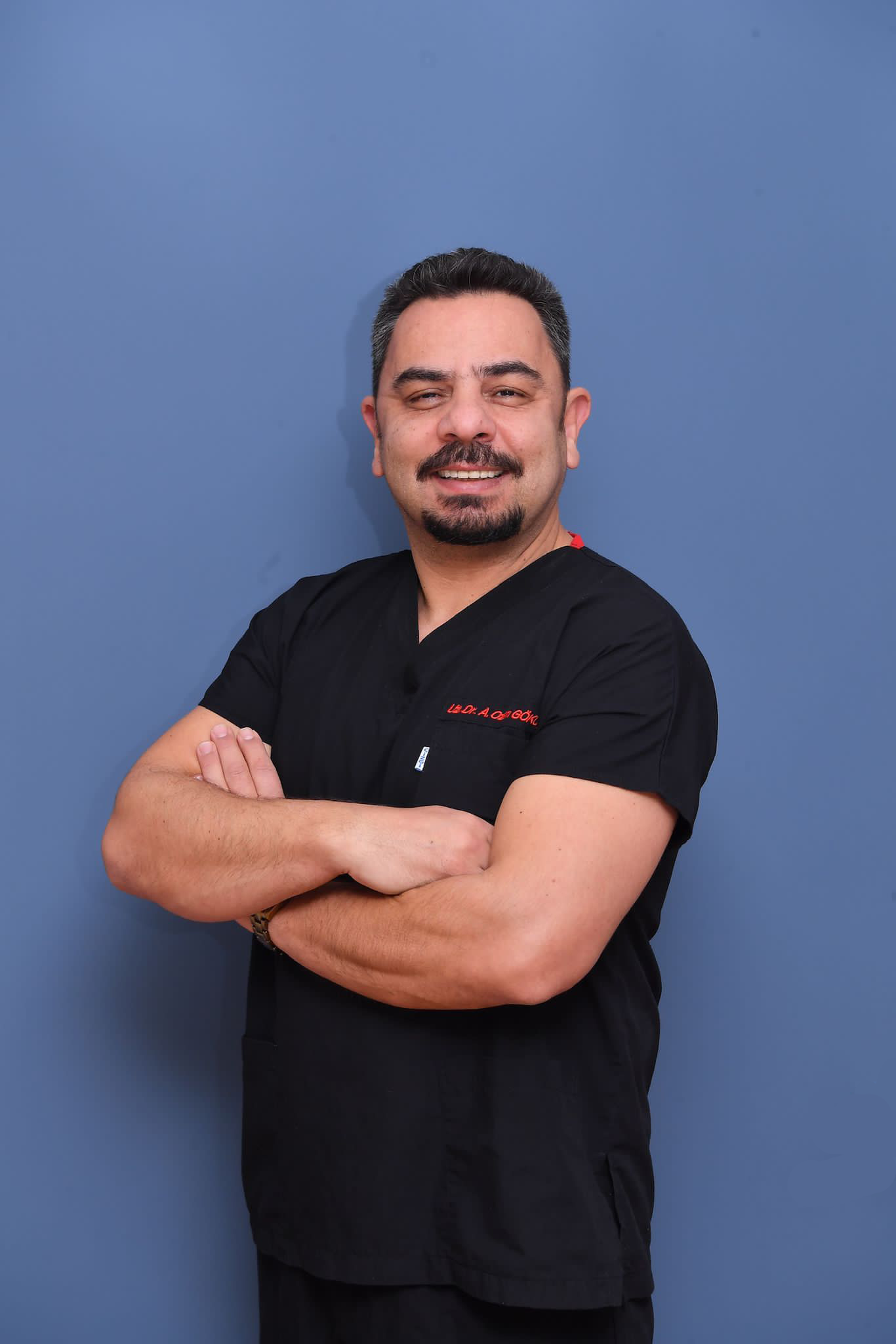What is Neck Pain Treatment?
Our neck is the upper cervical region of the spine. It consists of 7 vertebrae and provides the connection between the body’s head and trunk. The vertebrae in this part of the spine are called C1 – C7 vertebrae.
It is the most important part of the spinal canal that starts from the coccyx and reaches the brain. This is because all organs in the body, muscles, tendons, ligaments, nerves in the bones reach the central nervous system, that is, the brain, through the spinal canal, and our neck is the part of the canal between the back and the brain. Control nerves and nerve roots of the lower lateral parts of the body pass from each vertebral region in the spine.
Any problem that occurs in the neck region of the spine affects the organs and limbs below and next to that level.
The control and pain nerves of the fingers, arms and shoulders pass through the neck region of the spinal cord, so it is very likely that hand, arm, shoulder and headaches are directly related to a degenerative disorder in our neck region.
Hernia, canal narrowing, and disc degeneration in the neck region of the spine can lead to negative consequences such as neck pain, as well as pain, loss of sensation, and weakness in the head, shoulders, arms, and fingers.
Causes of Neck Pain
The neck region has a complex joint structure and is the most mobile part of the spine. This part of the body is inherently vulnerable to occupational traumas and acute and chronic illnesses.
There may be many causes of neck pain. Neck pain can be seen in men and women over the age of 30. The most common causes of neck pain are as follows.
Cervical disc herniation: It is the deterioration of the structure of the outer hard inner soft disc tissue, which reduces the pressure between the two cervical vertebrae and acts as a cushion, moves between the vertebrae towards the spinal canal and puts pressure on the spinal cord, negatively affecting the nerves passing through there. Depending on the level of pressure, it may cause pain not only in the neck, head, shoulders, arms and hands, but may even lead to loss of strength and sensation. The cause of neck pain should be thoroughly investigated and the correct treatment should be given in a timely manner.
Osteoarthritis: Bone degenerations in the vertebrae in the neck area cause narrowing of the distances between the discs depending on the stage of formation of new bone protrusions. Calcification occurring in the vertebrae restricts the movements of these mobile discs, and since the disc structure is deteriorated, it becomes difficult to carry the load it must carry and may cause severe neck, shoulder and arm pain.
Canal narrowing: Narrowings in the natural structure of the spinal canal put pressure on the spinal cord and cause pain and loss of sensation depending on the level of narrowing.
Trauma pain: Trauma to the neck section of the spine is another cause of neck pain. It usually occurs in situations such as traffic accidents, people doing interventional sports, falling and hitting. Seat belt use significantly reduces head and neck trauma.
Muscle and Ligament Damage in the Neck: Muscles and ligaments support our cervical spine as well as the joints. It occurs in situations such as poor posture, heavy lifting, incorrect fitness movements, etc. It is possible to resolve spontaneously if attention is paid.
Rheumatic Diseases: Neck pain due to diseases that cause pain and arthritis in all joints, such as ankylosing spondylitis, rheumatoid arthritis. These are pains that continue in a decreasing course with severe movements in the morning.
Neck pain treatments
Acute neck pain passes without the need for extra treatment such as rest or exercise. Neck pain that requires treatment is chronic neck pain that occurs as a result of trauma.
Drug Treatments: It is possible to treat most neck pain with painkillers, muscle relaxants and antirheumatic drugs. It is applied for neck disorders that are not mechanical.
Exercise: Neck exercises that relax the neck area and strengthen the muscles in the neck area may also be sufficient to get rid of some neck pain. Effective results can be obtained in the appropriate patient group without the need for any other treatment.
Physical Therapy: The neck area can be seriously relieved with hot and cold applications, massage, and electrical physical therapy agents applied to the neck area. It can provide relief from joint movement restrictions and soft tissue-related pain in the neck area.
Cellular Treatments: These are biological regeneration treatments applied to prolong joint life and repair partial tissue damage in cases of calcification and disc damage in which joint mechanics in the cervical vertebrae are not impaired. Cellular treatments are of three types: PRP treatments prepared from blood, bone marrow stem cell treatments prepared from bone marrow, and fat stem cells prepared from belly fat. Muscle, tendon, ligament, cartilage, bone damage and partial degeneration in spinal discs can be treated. Depending on cellular treatments, pain in these areas can be reduced or completely treated.
Epiduroscopy: nature in the coccyx with very thin, flexible, fiber-optic camera-assisted heads that can be used throughout the spine with the treatment area being the epidural area
l It is a device that is entered into the spinal canal through a small minimal incision of 0.5 cm from the spinal cord cavity, passed through the neck region without the need for anesthesia, and allows to safely intervene in the adhesions and problems that occur in the spinal canal due to the remains of unsuccessful cervical disc herniation surgeries and various spinal deformations. It is a device and a pain treatment method.
Neck pain due to remnants of old and unsuccessful cervical disc herniation surgery can be treated safely with the epiduroscopy method.
Radiofrequency: Radiofrequency is an extremely safe and satisfactory treatment option in the treatment of hernias and their pain in patients with hernias that are not at the surgical level, who do not want to have surgery for any reason, or who have neck pain that is risky for surgery.
The purpose of pain treatment with radiofrequency is to reduce the size of hernias that cause pain and to safely block the pain nerves that transmit chronic pain.
Pain treatment with radiofrequency is a very long-term and permanent treatment. With the support of radiofrequency imaging devices, nerve fibers that produce pain are pinpointed under sterile conditions and only the painful area is intervened and the nerve fibers are blocked.
Surgical Treatments: In advanced neck herniations, stenosis problems, disc fractures, advanced calcifications and related neck pain, other treatment methods are insufficient and surgical treatments are needed.
Neck Pain Frequently Asked Questions
Should patients with neck pain only treat the pain?
Answer: As with all pain treatments, the cause of the pain must first be learned and the problem causing the pain must be treated first. It is possible to get rid of the pain to a large extent with the main treatment.
I have had serious pain in my neck, head and arms for a long time. What kind of treatment might I need?
Answer: Your pain experience and MRI images should be evaluated together with the physical examination, the cause of your pain should be found and your treatment plan should be determined specifically for you.
I have a cervical disc herniation and related pain. I am afraid of surgery. What kind of treatment can I get?
Answer: If the cause of your pain is a spinal problem at the level of surgical operation, it is not possible to achieve full recovery with non-surgical treatments. Treatments can be done to reduce your pain, but these treatments will be both inadequate and time-consuming.
How long does it take to get treatment for neck pain after the pain occurs?
Answer: As with all pain and diseases, if there is no obvious cause, pain that lasts more than 2 months is considered chronic and it is not possible to go away on its own. The best option would be to take chronic pain seriously and seek treatment.





